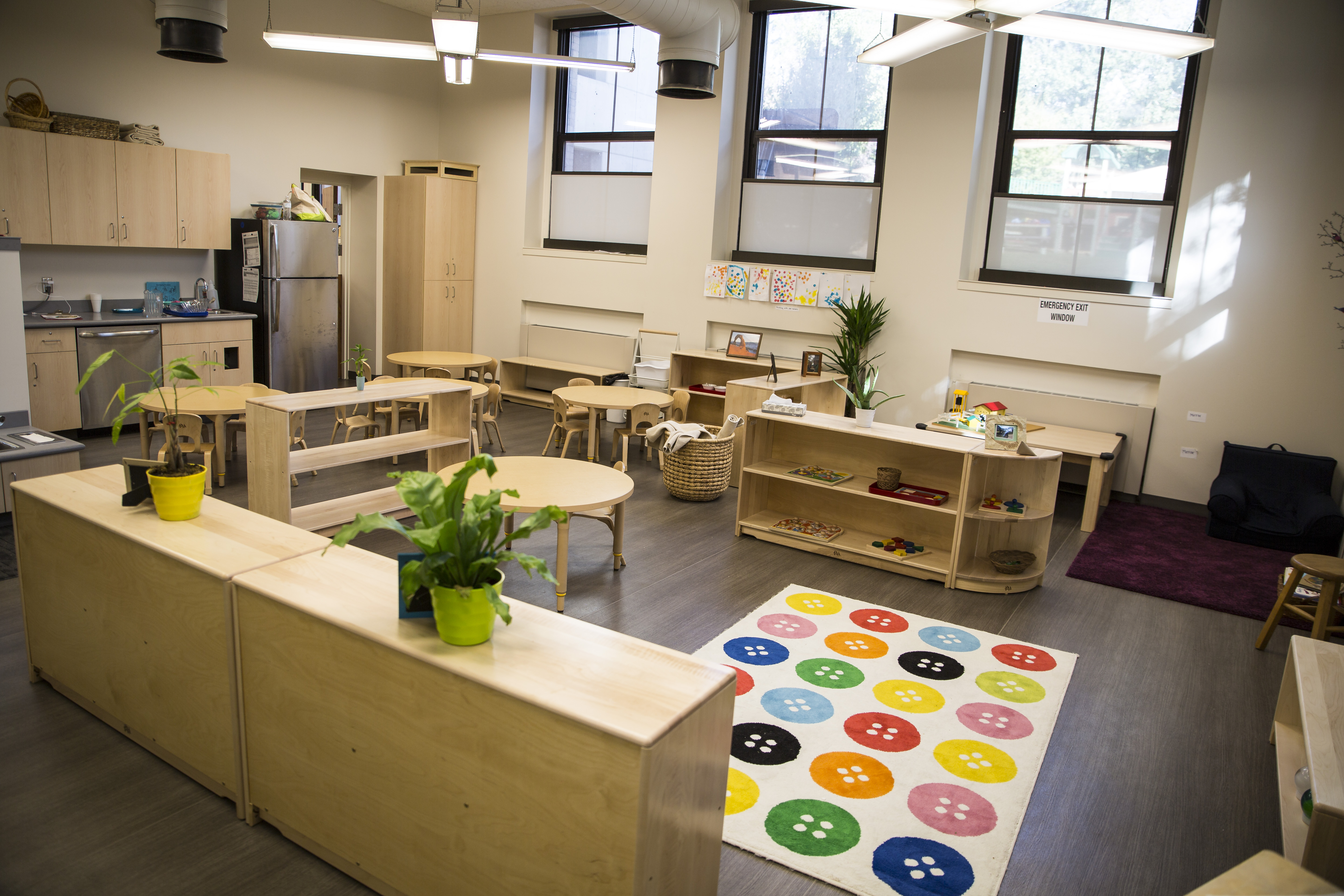Researchers at the University of Utah have found the use of creative dance helps increase social play skills in children with autism spectrum disorder.
“Research has demonstrated that play is central to the development of children’s language and cognitive skills,” said Catherine Nelson, associate professor of special education at the U. “However, children with autism often have difficulties with social play and play with objects such as toys.”
The study, published in the June edition of Education and Training in Autism and Developmental Disabilities, examined methods for increasing the quality of play of three preschool-aged children with autism who were in classes primarily comprised of children without disabilities. Therefore, the interventions chosen for the study were ones that all children in the preschool classrooms could enjoy without singling out the children with autism.
Typical preschool activities include large group circle time and learning centers that contain a variety of toys and materials that target children’s learning. In this study, favored play materials of the children with autism were added to the learning centers along with associated toy accessories that increase the potential for child-to-child interaction. Creative dance activities were then added to the circle time and new and interactive ways to use the previously identified play materials were practiced during the activities.
“For example, one of the children with autism liked pushing small match box cars back and forth on the floor,” said Susan Johnston, chair of special education at the U. “Such cars were added to one of the learning centers along with a play mat representing a town. Creative dance activities included having the children ‘drive’ around the room with hula hoops representing car steering wheels. Concepts such as driving slow and fast, stopping and going, and visiting the library and gas station were practiced within the activity. Following the dance activity, the child and his peers went to the learning centers and instead of simply pushing the cars back and forth, he played with the other children, using the pretend play skills he had just practiced.”
By the end of the study, all three children demonstrated gains in social play skills as well as complexity of play with objects. However, the gains made did not maintain when the intervention ended. The results of the study suggest that motivating movement-based interventions targeting interactive and more complex play can lead to improved play skills in children with autism, however, such interventions must be on-going if gains are to continue.
###
